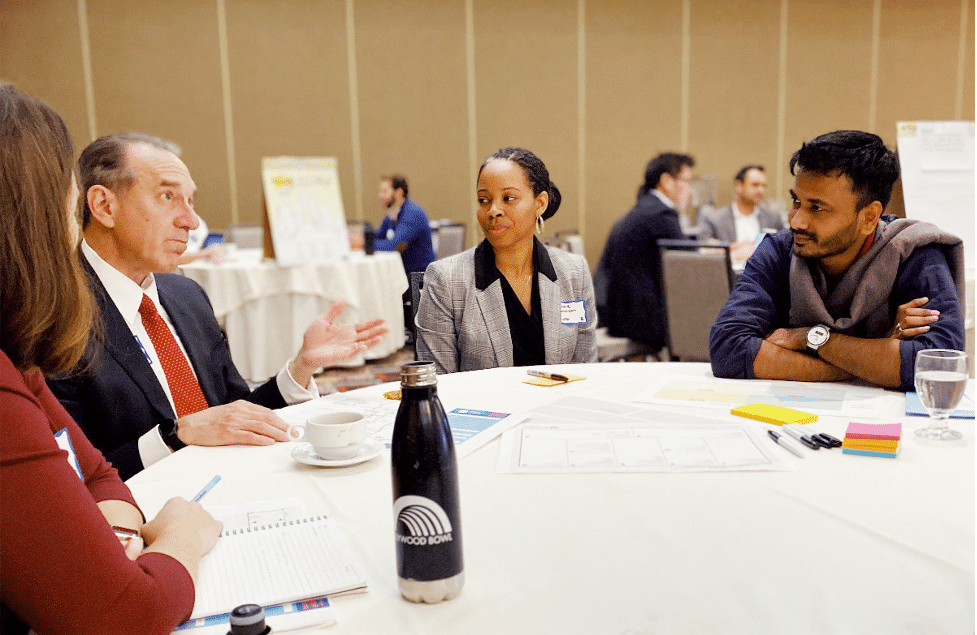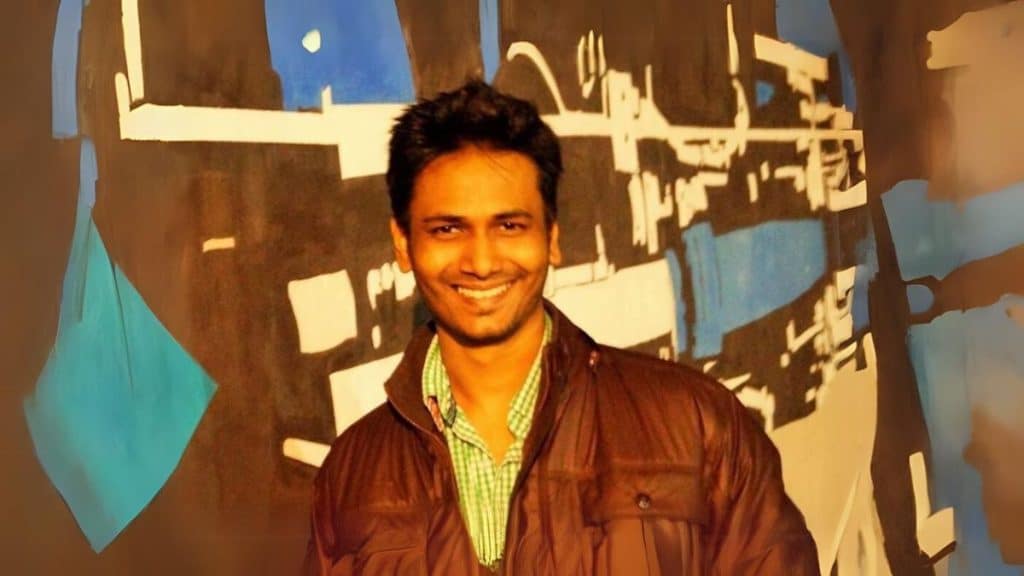Based in California, Saurabh Nimsarkar is a prominent designer and strategist in the transportation systems design landscape. With extensive knowledge and a diverse skill set, he has experience working in various transportation fields, including hyperloop, electric aircraft, autonomous cars, and public transportation.
In 2020, Nimsarkar brought his expertise to the Mayor’s Office of Los Angeles. Working with former Executive Director Julia Thayne, a leader in Mobility Innovation, he developed workshops and formulated strategies focused on community and private-public engagement for Urban Movement Labs. These efforts were crucial in fostering a connection between the community and the private sector, enhancing the impact of transportation technology initiatives in the region.

One of Nimsarkar’s significant contributions was his involvement in the Los Angeles First Transportation Technology Innovation Zone project. Introduced by former Mayor Eric Garcetti and Councilman Bob Blumenfield in 2020, this initiative marked the inception of the city’s first zone in Canoga Park and Woodland Hills, where private firms could test cutting-edge transportation technologies. The project, a flagship endeavor of Urban Movement Labs initiated by Garcetti in November 2019, transformed the Warner Center into a hub for mobility innovation and workforce development and showcased the indispensable role of design in community-based engagement.
Let’s delve deeper into design-led strategies and community engagement methods with Saurabh Nimsarkar.
Unpacking Saurabh Nimsarkar’s People-Centric Philosophy
Saurabh Nimsarkar passionately believes that designers play a pivotal role as “facilitators of conversations that shape the future.” According to him, “There’s not just one set future awaiting us; we have a spectrum of potential futures. The key is to approach them with an emphasis on equity, accessibility, and sustainability.”
“I don’t believe we should start the design process with a fixed solution in mind. Doing so limits our discussions and explorations, inadvertently pushing us towards technological determinism,” Nimsarkar explains. “Our approach should be people-first. We ought to begin by exploring individuals’ visions of the future, understanding their beliefs, values, aspirations, and fears. It is imperative to ask the right questions—those that challenge the status quo—prompting the discovery of disruptive and innovative solutions that lead to equitable, sustainable, and accessible futures.”
He champions a model where there’s a symbiotic relationship between individuals, the cities they reside in, and the underpinning dynamics of technology and economics that shape dwelling and place-making. Nimsarkar concludes, “This approach ensures that the innovative civic future we are building is not only technologically advanced but also deeply reflective of the values and needs of its people.”
Strategizing the design workshop that led to LA’s First Transportation Technology Innovation Zone:

A workshop was held at Hilton Woodland Hills, where 39 key stakeholders from six different types of organizations, including public and private sectors, community groups, educational institutes, and nonprofits, gathered. The objective was to co-create mobility solutions aimed at reducing car use and improving community connectivity.
“The workshop was structured to foster deep, thoughtful discussions while staying focused on our core objectives of reducing car usage, increasing connectivity, and promoting equity and access,” said Saurabh Nimsarkar, the facilitator and strategist behind the workshop.
Nimsarkar carefully designed the workshop into six steps: starting anew, understanding people and their context, imagining journeys, sharing and testing ideas, evaluating for business and partner alignment, and realizing a value proposition. “These steps were crafted to guide participants through a process where they start with a blank slate, engage with the persona’s context, and then proceed to envision and test possible solutions in the form of journeys,” explained Nimsarkar.


Participants were divided into nine groups to ensure a diversity of perspectives. Each group was guided to envision a persona and consider their goals, hopes, dreams, and challenges. “I asked participants to approach the process empathetically, imagining solutions as if they were embarking on the journeys themselves. This narrative approach allowed for a sharing of ideas where participants could fully understand and weigh the merits and demerits of each proposed solution,” Nimsarkar remarked.
To help participants think broadly about workforce development and the economics of dwelling and sustaining within the community, Nimsarkar introduced a framework for business model and value proposition. “This framework prompted participants to consider revenue streams, cost structures, partners, and channels, ensuring a holistic view of community and economic dynamics,” he added.
The workshop culminated in an engaging design process, yielding a myriad of ideas while fostering an environment of inclusion and co-designing from the ground up. “The approach we took allowed for active involvement from community members in crafting solutions, ensuring that the ideas generated were not only innovative but also reflective of the needs and values of the communities they’re intended to serve,” Nimsarkar explained.


From Ideas to Implementation: Synthesis in Shaping LA’s Transportation Future
Upon collecting a wealth of ideas, personas, and business canvases from the nine groups, Saurabh Nimsarkar embarked on a meticulous synthesis process. “I approached the synthesis with an artist’s eye and a designer’s precision,” recalls Nimsarkar. “I placed all the ideas on the wall, looking for patterns and connections. The themes began to crystallize around People, Objects and Modes, Environments of use, and Conversations and messages.”

Using his artistic prowess, Nimsarkar translated these abstract concepts into visual iconography. “The aim was to provide a visual language, making it easier for the wider team to engage in meaningful discussions around the data we had collected,” he explained.

This comprehensive synthesis process was pivotal, guiding the Mayor’s Office team in drafting a Request for Information (RFI) for the Warner Center, a document in which Nimsarkar played a significant role. The RFI reflected principles and ideas that were rooted in people-centric solutions, which had been meticulously curated and refined through the workshop.
Nimsarkar’s synthesis contributed significantly to the Warner Center’s selection for the Urban Proving Grounds initiative. “This initiative aims at testing and scaling new transportation technologies. The insights derived from our synthesis provided clear permitting pathways and engagement guidelines for companies like Kiwibots Delivery and IBI CurbIQ, which are at the forefront of digitizing curb management and delivery services,” Nimsarkar concludes. Through this diligent process, each idea was not just documented but understood, valued, and utilized in paving the way for innovative, people-centered urban transportation solutions.
–
Saurabh Nimsarkar work can seen on his website on – https://nimsarkar.myportfolio.com/work and on Instagram
Additionally, he can be reached at technimsarkar@gmail.com
